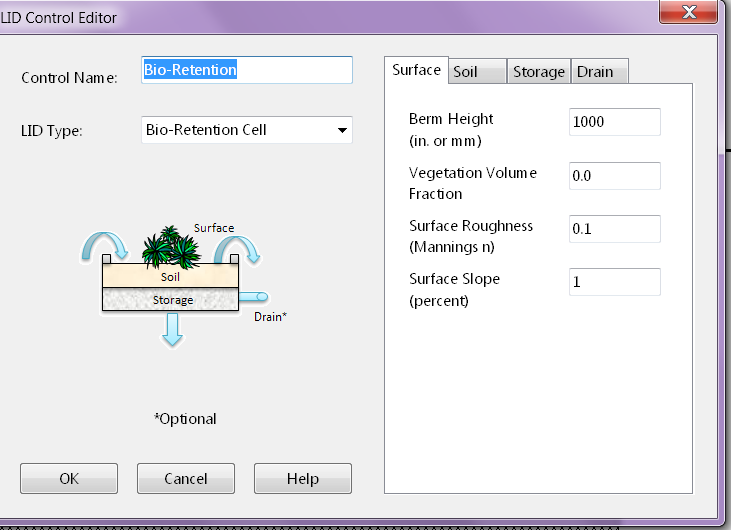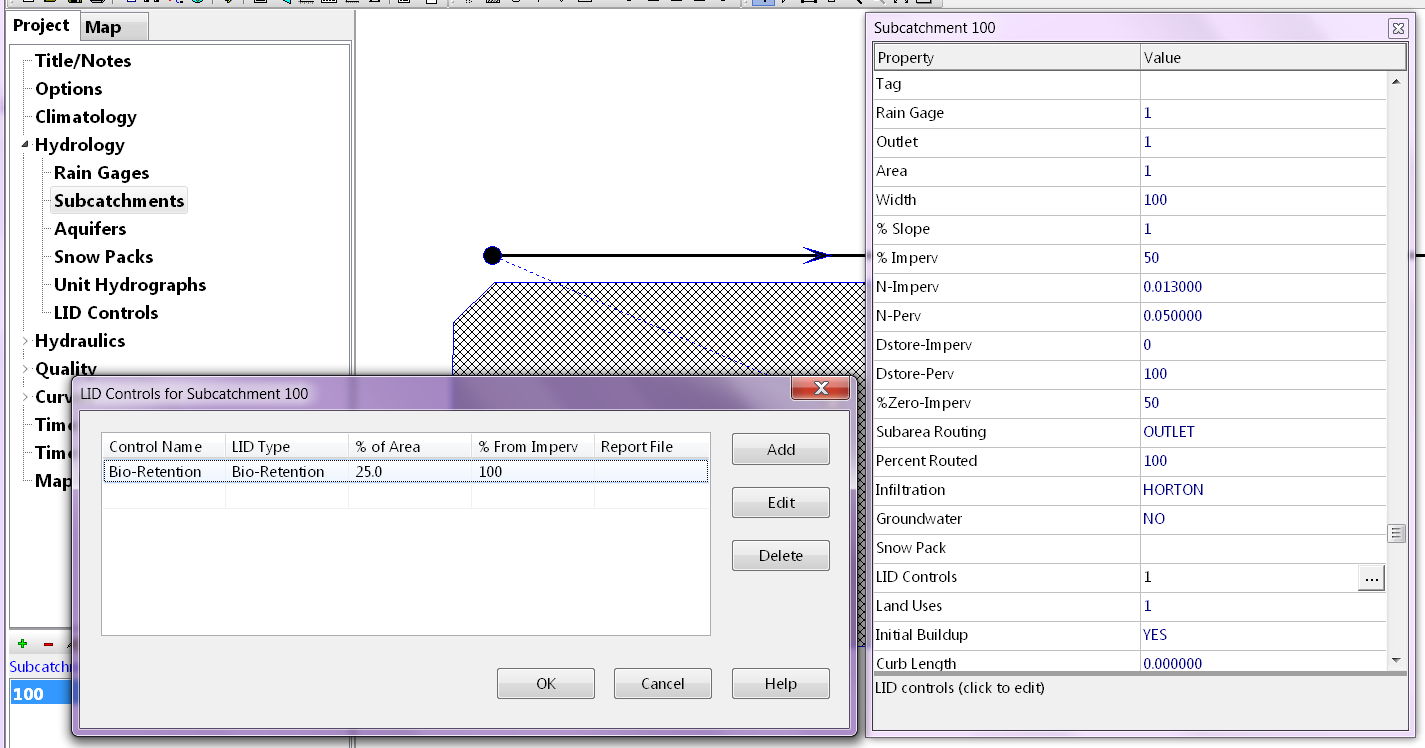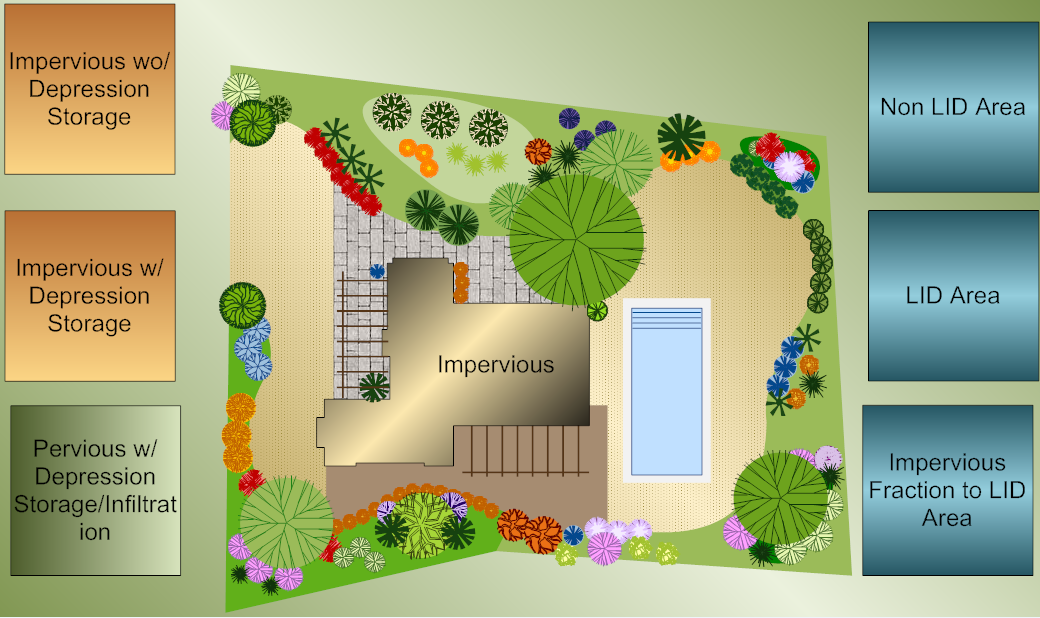Broomfield, Colorado, USA, May 23, 2017 – Innovyze, a leading global innovator of business analytics software and technologies for smart wet infrastructure, today announced that Dr. Qian Zhang, Research Scientist with the University of Maryland Center for Environmental Science at the USEPA Chesapeake Bay Program, has been chosen to receive the American Academy of Environmental Engineers and Scientists (AAEES) 2017 Innovyze Excellence in Computational Hydraulics/Hydrology Award. This prestigious annual award recognizes a student whose research contributes to the knowledge pool in Computational Hydraulics & Hydrology. Selection is based on original, innovative research of publishable quality and other factors. Both Master’s and Ph.D. students are eligible.
Administered by AAEES and co-sponsored by Innovyze, the award consists of cash honoraria of $1,500 for the student and $500 for the major faculty advisor. A $500 travel allotment is also provided to the student recipient to attend the Awards Luncheon. The award selection is administered jointly by a committee consisting of equal members of AAEES and the Association of Environmental Engineering and Science Professors (AEESP).
Dr. Zhang received an M.S. degree in environmental engineering, an M.S. degree in statistics, and a Ph.D. in geography and environmental engineering from Johns Hopkins University. His doctoral research focused on the source, fate, and export of nitrogen, phosphorus, and sediment from the Chesapeake Bay watershed. His areas of research interest include evaluation of long-term river water-quality trends and associated uncertainties; improvement of statistical methods for riverine flux estimation and trend analysis; and analysis of patterns of watershed constituent export and controlling factors.
Dr. Zhang was presented with the award during the AAEES Excellence in Environmental Engineering and Science Annual Awards Luncheon and Conference on April 13 at the National Press Club in Washington, DC.
“I am deeply honored to receive this prestigious award recognizing my work on analysis, modeling and synthesis of large-scale data sets for rivers and watersheds,” said Dr. Zhang. “This award encourages me to continue my research in this mission-critical field, and reminds me that what I do matters.”
“The Innovyze Excellence in Computational Hydraulics/Hydrology Award is the premier award recognizing exceptional research work in the vital field of computational hydraulics and hydrology,” said Michael W. Selna, P.E., BCEE, Past President of AAEES. “Dr. Zhang has demonstrated outstanding academic achievement, exemplary leadership, and a significant commitment to the community at large. We are very pleased to award him this outstanding national recognition, an honor he highly deserves. His research work is very promising and will have a positive impact on our profession.”
“Innovyze is pleased to present this signal award to Dr. Zhang and congratulate him on his impressive work,” said Paul F. Boulos, Ph.D., BCEEM, Hon.D.WRE, Dist.D.NE, Dist.M.ASCE, NAE, Chief Executive Officer of Innovyze. “We are proud to further his future in this critical field and play a small part in his efforts to make the world a better place through his work.”
About Innovyze
Innovyze is a leading global provider of wet infrastructure business analytics software solutions designed to meet the technological needs of water/wastewater utilities, government agencies, and engineering organizations worldwide. Its clients include the majority of the largest UK, Australasian, East Asian and North American cities, foremost utilities on all five continents, and ENR top-rated design firms. Backed by unparalleled expertise and offices in North America, Europe, and Asia Pacific, the Innovyze connected portfolio of best-in-class product lines empowers thousands of engineers to competitively plan, manage, design, protect, operate, and sustain highly efficient and reliable infrastructure systems, and provides an enduring platform for customer success. For more information, call Innovyze at +1 626-568-6868, or visit www.innovyze.com.
Innovyze Contact:
Rajan Ray
Director of Marketing and Client Service Manager
Rajan.Ray@innovyze.com
+1 626-568-6868







































 Browse for a folder location and specify an inp file name.
Browse for a folder location and specify an inp file name.